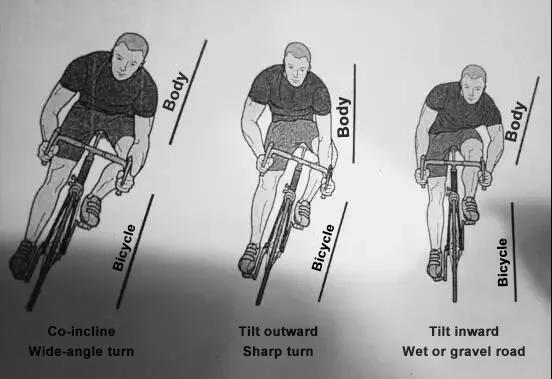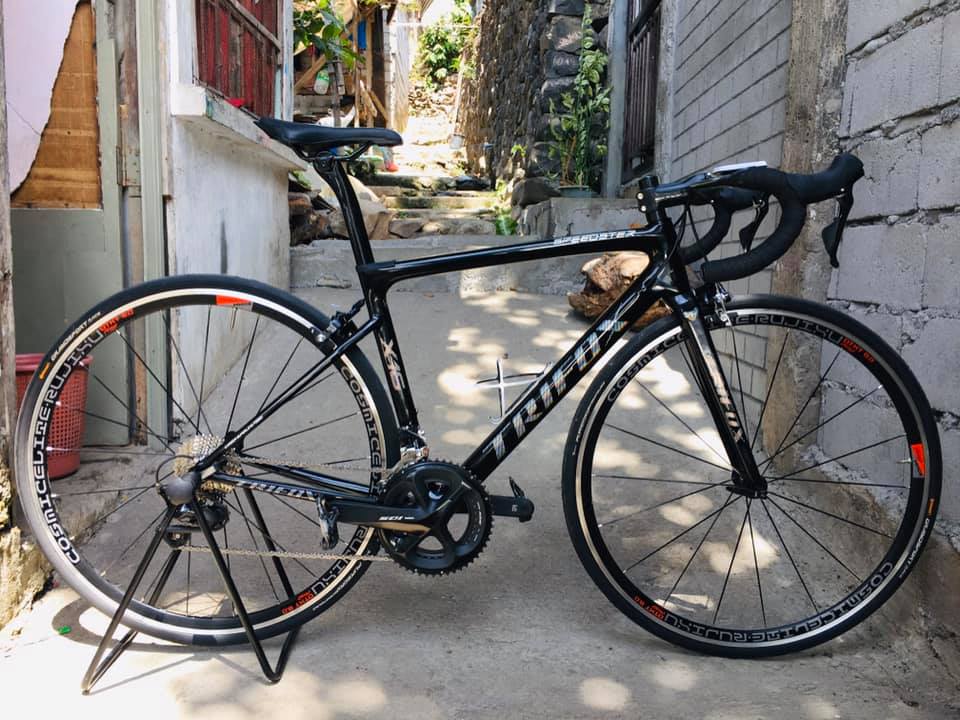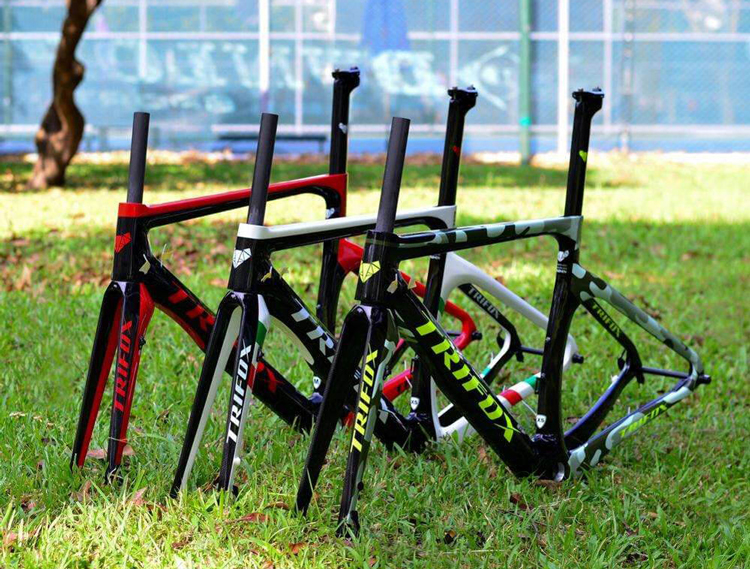Now more and more people in the streets and alleys fall in love with road bikes. Novices or especially mountain bike riders before are used to disc brakes. Two fingers can break it easily, so many bikers often complain. Road bikes are difficult to break, difficult to corner, and afraid to go downhill. Then let everyone know the correct turning posture.
The quality of cornering technology is related to your personal safety and racing performance, and the most common cause of bicycle collisions is poor cornering technology. If there are a lot of corners in the race route, improving cornering skills will help maintain your position in the main group, as shown in the figure:
There are three ways to corner:
Co-incline: If you don't consider the situation of the corner, co-incline cornering is usually the most common cornering technique for novices. This method of cornering is most suitable for corners and large arcs, dry roads, and cleanliness. In the United States and some countries, cyclists and cyclists ride on the right, and when turning left, the most efficient way to turn is when making a turn; while in countries that drive on the left, turning on the same turn is the most efficient way to turn. The first choice when transferring. When using the same tilt to the corner, just put the center of gravity on the outer pedal, and at the same time tilt the bicycle and body toward the corner. If the curve is wide enough and the arc is large enough, pedaling can be continued when cornering.
Tilt outward: Novices rarely use this turning method, but when the curve is narrow, such as turning right when driving on the right or turning left when driving on the left, this turning method is very useful. The camber method is more suitable for curves with larger curvature than the same-incline corner method.
This is the same technique as Countersteering for riding a motorcycle. When using this technique to turn into a curve, you must stop pedaling, because when you take an outward leaning, the body leans more than the same. When cornering, the inner pedal is on and the body's center of gravity is placed on the outer pedal. The next action may feel a bit counterintuitive: the arm on the inside of the curve is straightened, and the elbow on the outside of the curve is curved.
In fact, your current action is to make the bicycle roll, and doing so will break the gyro effect when the wheel is turning. (Annotation: The gyro effect means that the wheel is like a gyro, which helps the cyclist when it turns quickly. Keep your balance, the faster the speed, the more obvious the effect will be. When the wheel turns quickly, the resistance to turning the handle will increase, and cornering will be more difficult), allowing you to tilt the bicycle sharply while keeping your body upright Turning into the curve, you can go through a curve with a lot of curvatures. When using camber to the corner, the speed must be maintained above 24 kilometers per hour to be effective. Therefore, it takes more practice to get used to this way of cornering.
Tilt inward: When the road is slippery or with sand or pebbles, you should use an inward inclination to corner the bend. Whether you want to turn right or left, you have to slow down. If the radius of the curve is very narrow, such as when cycling to the right in the United States, you must stop pedaling. This is done so that you can safely go through the corner without crashing. The correct cycling method is to only lean the upper body into the curve when cornering, while the bicycle stays upright and keeps the knees close to the upper tube position-that is, the knees do not point towards the curve.
Other considerations when cornering: If the road is wet and slippery, reduce tire pressure by 25%. This has little effect on the overall speed, but it can increase the friction of the tire when cornering. The tires used when cornering is also important. Tubular tires have round tire walls, so they are more suitable for cornering than open tires with flat tire walls. The painted road surface becomes very slippery when wet. Cycling on such a road is like riding on ice, so be careful when cornering. The same is true if there are round hole covers on the road, the wet round hole covers will also become more slippery. If the road is slippery, be careful when cornering on a small slope. Before cornering, use the brakes to slow down, but do not use the brakes when cornering!




















































































